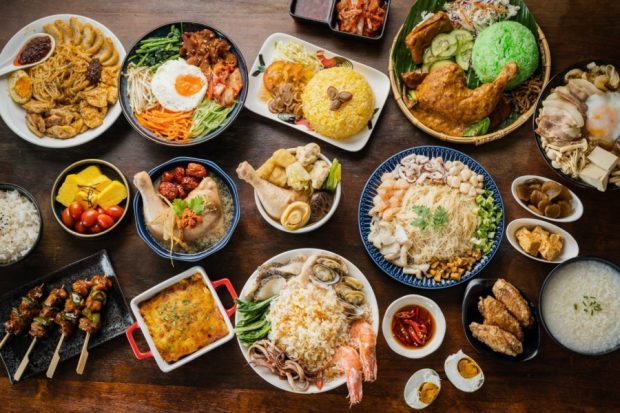The various species are successful in the gastronomy and culture of many countries and make up the same family, but have very different behaviour and habitat. It’s about 180 million years old, thousands of species and is one of the most appreciated seafood in the world. Maybe this is a good presentation for the crab. The decapods (crustacean with 10 legs) are divided into innumerable variations, of very different behaviours and habitats – as well as flavours, say. Here’s everything you need to know about enjoying crabs!
The crab is generally present in the popular imaginary (and in the dish), but those who are considered their “cousins”, are, in fact, a large group. The term covers about 7,000 species of crustaceans in the world. They have a body composed basically of a hard shell, the abdomen reduced and totally or partially folded over the cephalothorax (a structure that fuses the head and the thorax), plus five pairs of legs.
In general, most of them can be found at sea, but they are also found in fresh or terrestrial environments – the best habitat is simply the one that is “available. In the marine environment, they occupy from sediments, living on, partially or totally buried, to cavities present in the rocky bottoms. Some species, such as the Uca crab (Ucides cordatus) and Guaiamum (Cardisoma guanhumi), are herbivorous and feed on leaves of the mangrove trees. Others can be carnivorous, adopting hunting strategies, which include small invertebrates, fish or even turtle cubs. There are still other food classifications, such as butchers (food remains), omnivores (meat and vegetables), and detritivores (food particles deposited on sediments).
When the crab goes to the plate
You need to pay attention to the cooking of the crab, and this applies to all kinds of crab dishes today such as Dungeness crab clusters. If not properly prepared, crustacean can easily lead to food poisoning. In addition, the ideal is to buy fresh animals that do not exude strong smells. As for storage, it is necessary to keep them cooled or frozen if consumption is not immediate. Like any food, if consumed in excess, the crab can generate a food imbalance. It is important to alternate the menu, including making use of the derivatives of this crustacean. There are no significant differences between the nutritional values of these species.
The difference
But there is difference according to the origin of the crustacean – whether collected in the environment or captive. Before going to the table, basic cleaning of the crab in running water should occur, removing excess mud and dirt. Then, for the basic preparation, it should be brought to a pot with salt and water to cook for 40 or 50 minutes. In the case of Guaiamum, the cooking goes up for an hour and more seasoning is necessary, to penetrate, by the thicker carapace, in the meat, which is sweeter.
The followings are the third universal steps to eat crabs
First step
The legs should be eaten from the smallest to the largest. They must be broken in the intersections, always in the direction opposite to the natural movement of the animal. The meat must be sucked.
Second step
After the paws, comes the flesh of the shell. It is the place where the vices are. At the bottom, pull the braided part out with your hands and do the suction. If you have a protrusion, remove it because it is the anus of the crab.
Third step
The hammer and the plank should only be used for the claw. You have to do a little friction by pressing the paddle between the base and the hammer.








